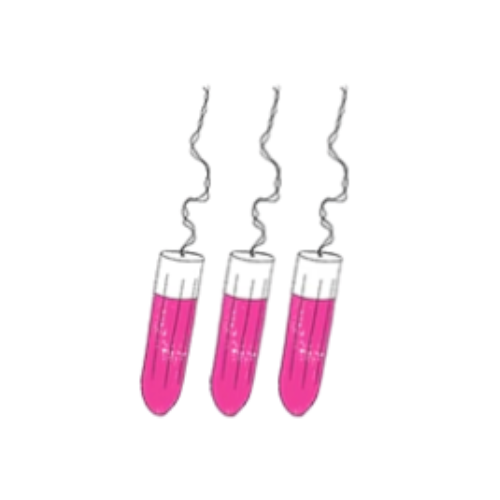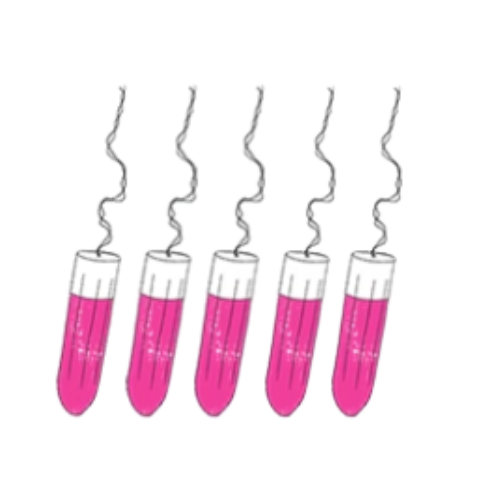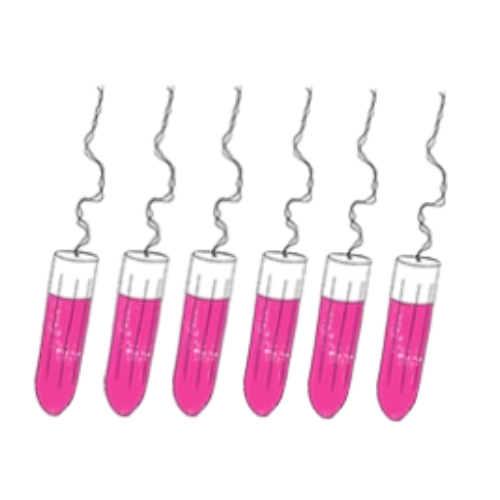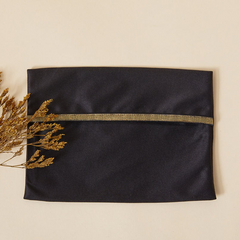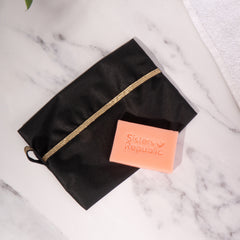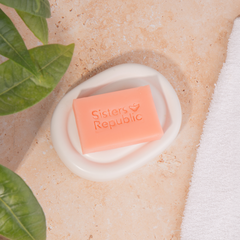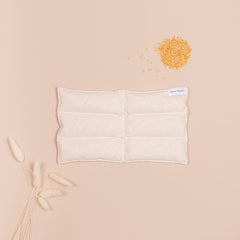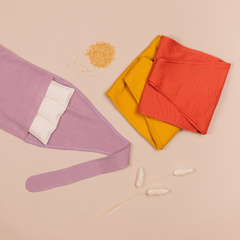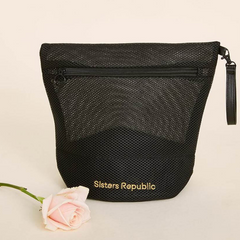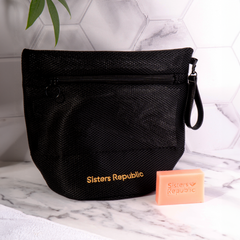The pandemic we are currently going through is leading to increased stress and a restriction of our freedom of movement. Under these extraordinary conditions, some women may experience unusual or intensified menstrual pain. Instead of resorting to expensive medications, Sisters Republic would like to point out the numerous benefits of cinnamon. As winter sets in, it’s time to bring out your favorite cozy blanket and your favorite organic menstrual panties and make yourself comfortable with a cup of cinnamon tea.
1. Cinnamon: a medicinal plant
Cinnamon is an aromatic bark that comes from the Ceylon cinnamon tree. This Asian-origin spice is mainly known for its use in the kitchen . Who wouldn't appreciate a delicious cinnamon roll? Yet few people know its therapeutic properties. However, cinnamon is a plant that is valued in many parts of the world for its healing powers, e.g., in:
- India
- Egypt
- Europe
In Europe, the first traces of its use date back to the 5th century BC. Even then, it was used to treat flu and digestive disorders. And even today, cinnamon is recommended by phytotherapists. The list of its healing properties is impressive! It eliminates bloating, feelings of fullness, loss of appetite, digestive problems, and diarrhea.
2. The Effects of Cinnamon on the Menstrual Cycle
We at Sisters Republic know that menstruation is synonymous with loss of energy and spontaneous hunger attacks for many women. Cinnamon is more effective than an afternoon coffee break and helps regulate blood sugar levels. It has a revitalizing effect and provides energy to stay in top shape all day long! For example, you can also sprinkle your favorite desserts with cinnamon.
The antibacterial and antifungal properties of essential cinnamon oil are a miracle weapon against bladder infections and menstrual pain. Cinnamon also helps with a delayed period. If your menstrual cycle has been disrupted by the abrupt change in your life rhythm due to the lockdown, cinnamon helps you get it back on track.
3. How is cinnamon cultivated?
If you have a green thumb and enough space, you can try to grow your own cinnamon! Are you ready and motivated? Very good! Because the cinnamon tree is a very demanding tropical plant. It thrives only under certain conditions:
- the temperature must not fall below 10°C
- he needs a lot of water
- the soil must be fertile
- he must have direct sunlight
The ideal temperature for the cinnamon tree is 27°C. Therefore, you should get a greenhouse to protect it in winter. Under favorable conditions, your cinnamon tree will produce yellow flowers from April to July. Then you can harvest its valuable leaves and any cuttings. Be careful, in its mature state it can grow eight to eighteen meters tall!
Make essential oil yourself
The ethereal cinnamon oil is extracted from the leaves. They need to be crushed and distilled. It's time to awaken the witch within you and brew your potion! To make this happen, you will need the following equipment:
- 1 Ölbad
- 1 magnetic heating plate
- 1 Laborer
- 1 2l-Zweihalskolb
- 2 grinding thermometers
- 1 Adapter (Column Head)
- 1 curved water cooler
- 2 hoses
- 1 250ml measuring cylinder
- 1 Stabmagnet
- 1 Halter
- 1 funnel
You skippedChemistryin school? It's never too late for a little tutoring session. The lockdown is the perfect time to try out new experiments ! Many YouTube videos guide you step by step to make your own essential cinnamon oil. This mainly consists of eugenol, a molecule that is valued for itsnumbing, antiseptic and pain-relieving properties.
Make cinnamon sticks yourself
In its cultivation areas, the cinnamon tree is propagated by cuttings . The bushes are then cut back to the ground every two years . The bark is removed from the shoots. It then undergoes a fermentation process for 24 hours before it is finally dehydrated.
4. How can one consume cinnamon?
To relieve your digestion disturbed by menstruation, you can drink a cinnamon tea or cinnamon infusion after meals. It is also an excellent slimming and detoxifying agent due to its diuretic properties. To preserve its anti-inflammatory properties, the cinnamon tea/infusion should not be steeped in boiling water. Dried medicinal plants require certain conditions to release their active ingredients and to stop stomach cramps or nausea.
Boiling water is not ideal for preparing a infusion . It makes the tea rather bitter. For optimal preparation, it is best to pour hot, but not boiling water into a teapot and let the tea bag steep for three to five minutes. However, if you suffer from nervousness during menstruation, you should avoid theine and caffeine . They can lead to insomnia.
Of course, you can also mix different aromatic plants into your herbal teas. You can combine cinnamon with chamomile, ginger, lemon balm, lime blossoms, or nettle according to your taste. Thyme, rosemary, and peppermint, on the other hand, do not pair flavor-wise so well with cinnamon. If you're lacking inspiration, we can recommendRooibos . This infusion is free of caffeine and pairs very well with cinnamon.
The essential oil also has numerous healing properties. It helps to calm the nervous system. When used on the skin, it is applied to the elbow crease. Caution, the essential cinnamon oil can be skin-irritating or even allergen . First, do a test on a small area of skin before using it daily. Otherwise, you can also resort to commercially available capsules.
Dosage recommendations:
-
Infusion: 1 teaspoon of bark (approx. 1g)
-
Essential oil for ingestion: 1 drop with honey (3 times daily)
-
Essential oil on the skin: 1 to 10 drops (maximum 5 days long)
Cinnamon can be found in all forms in grocery stores (preferably organic stores) as well as in herbal shops and pharmacies. However, keep in mind that you should only use cinnamon in a targeted and controlled manner. Excessive consumption of cinnamon can be hepatotoxic and damage the liver.
